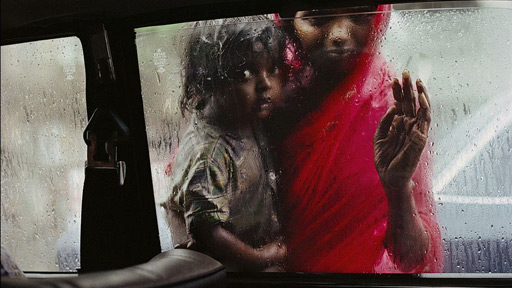How to reverse rising inequality
by Annett Victorero and Dominik Etienne
Today, the top 20 percent receive more than 70 percent of the global
income, and the top one percent (70 million people) earn as much as the
poorest 3.5 billion people - that is half the world population. Some
positive news can be found, for example in the case of Latin America,
but progress is much too slow. At the current rate of progress it would
take 800 years for the bottom billion to get even 10 percent of the
global income.
 To discuss why it is crucial to integrate the economic equity
perspective into national and international development processes, UNU-WIDER,
the International Labour Organization (ILO) and the United Nations
Conference on Trade and Development (UNCTAD) organised a policy seminar
and shared examples of policies that have worked. To discuss why it is crucial to integrate the economic equity
perspective into national and international development processes, UNU-WIDER,
the International Labour Organization (ILO) and the United Nations
Conference on Trade and Development (UNCTAD) organised a policy seminar
and shared examples of policies that have worked.
On October 23 more than 50 representatives of over 20 international
organisations - among them 13 UN agencies and bodies - and permanent
missions to the UN joined in the discussions with an expert panel
consisting of Isabel Ortiz, Richard Kozul-Wright and Giovanni Andrea
Cornia. The meeting was chaired by Tony Addison, Deputy Director and
Chief Economist of UNU-WIDER.
New policy model key for falling inequality in Latin America
Many observers ask how rising inequality could be halted and reversed
- through policies in the areas of trade and banking regulation, labour
markets, social transfers and others. This debate can benefit from the
evidence of a significant decline in inequality recorded in much of
Latin America in the first decade of the millennium as presented by
Giovanni Andrea Cornia, Professor at the University of Florence and
former Director of UNU-WIDER.
The UNU-WIDER research project led by Andrea Cornia suggests that the
drop in income inequality in nearly all of the Latin American countries
was mainly due to: a fall in the skilled-unskilled wage ratio; an
increase in social assistance transfers, and a lower concentration of
capital incomes.
According to Andrea Cornia, the drop in inequality in the region is
structural rather than cyclical as inequality continued falling during
the crisis of 2009-12 and, based on the most recent data from 2014, is
still doing so. The positive trend does not seem to have been due to
improvements in the global economic conditions, but rather to the rapid
and equitable accumulation of human capital as well as new policy
approaches.
The new policy approach spread through the region following the
return of democracy in many countries, starting in the early 1990s. Many
of the new regimes, on the left and right, adopted more prudent
macroeconomic policies and avoided the traditional pro-cyclical (and
unequalising) fiscal and monetary policies of the past. The shifting
focus from global to regional trade during the 2000s helped reduce
vulnerability to macroeconomic shocks. Crucially, labour and social
policies were targeted at battling the inherited problems of
unemployment, job informalisation, falling low earners and minimum wage
and a weakening of wage bargaining institutions.
Social expenditure started rising in most Latin American countries in
the 1990s and accelerated during the early 2000s with more targeted
social assistance transfers and more effective taxation systems.
A key role in the fall of income inequality was played by the rise of
completion rates of secondary education which led to a marked
improvement in the distribution of 'human capital'. A higher supply of
skilled workers meant a lower wage premium for those skills, thus
equalising income.
Also increases in minimum wages had an equalising effect Andrea
Cornia reported.
Policies matter at both the national and international level
Isabel Ortiz, Head of Social Protection at ILO, shared Andrea
Cornia's message that the right socio-economic policies are crucial if
we are to tackle inequality in development processes.
She showed that since the global economic crisis in 2007-08 there
have been further setbacks for the goals of equitable and fair human
development for all, as the richest 10 percent continues to accrue most
of the income generated.
The crisis, and the now prevalent austerity policies that followed
initial bailouts and stimulus, have had a large impact on the lower
earning quintiles.
This occurred through unemployment, wage cuts, lower remittances, a
rise in cost of foods and fuel, loss of access to credit and savings,
and cuts in government spending (ranging from education to health and
social protection). Furthermore the level of official development aid
has come under pressure.
- Our World |

